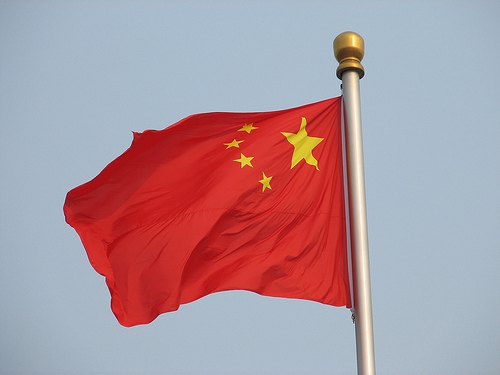
Here's how China can achieve 7.5% GDP target
Strong credit impulse to boost economic activities.
According to UBS, China's 7.5% growth target is easily achievable with the planned increase in budget deficit and still supportive monetary and credit policies.
Here's more:
Importantly, the strong credit impulse since mid-2012 should help to support economic activities in the coming months, property construction should still see recovery relative to 2012, even with the latest tightening measures, and destocking in the industrial sector has faded.
We expect q/q GDP growth to stay at the rapid pace achieved in Q4 2012 or even pick up further in the first half of 2013.
We believe that the growth target will be overshot again in 2013 and see more upside risk to our 8% growth forecast. In this light, it is interesting to note that the government has set higher FAI and retail sales targets for 2013 than last year (18% vs 16%, and 14.5% vs 14%, respectively).
Either the government expects a much worse external environment or it is implicitly aiming for higher growth this year.
The 3.5% CPI inflation target is in line with our forecast for this year. As we had expected, the government intends to adjust the prices of energy and utilities (petroleum, natural gas, water, electricity, transport), and has left room in the CPI target for such price adjustments. Base effect is also expected to add 1% to this year’s CPI.
We are somewhat surprised by the deficit target of 2%, which is higher than the target and outturn of the 2012 budget.
By continuing to set a growth target higher than in the 5 year plan (7%), it is clear that the government still wants to achieve relatively rapid growth, even though it does not want things to get too hot, especially in the property sector.
In the face of recent debates about demographic and environmental constraints, the government seems to be quite convinced that China’s potential growth is still pretty high.
























 Advertise
Advertise






